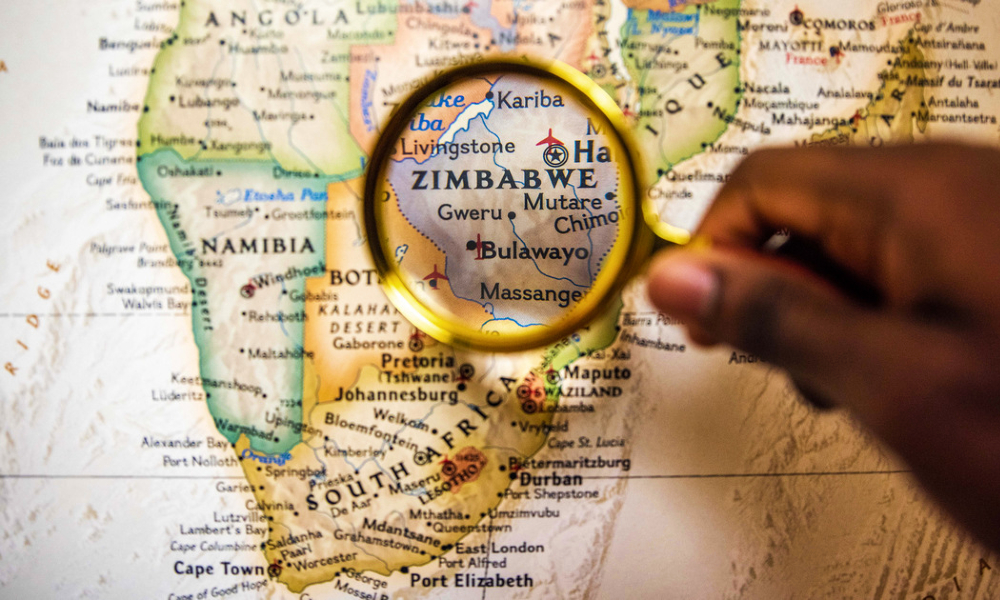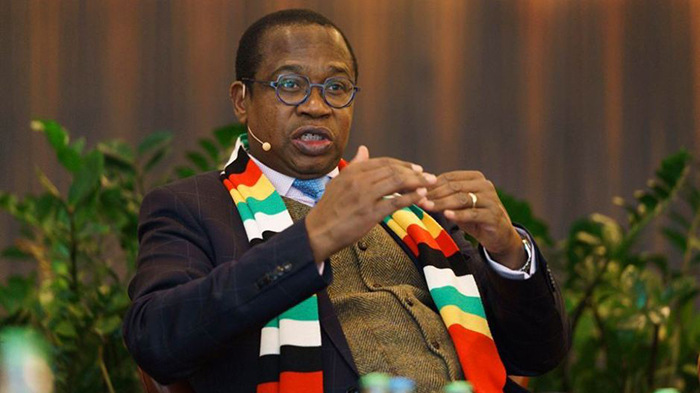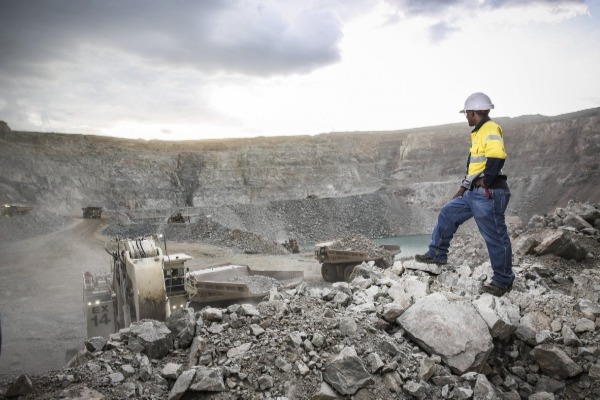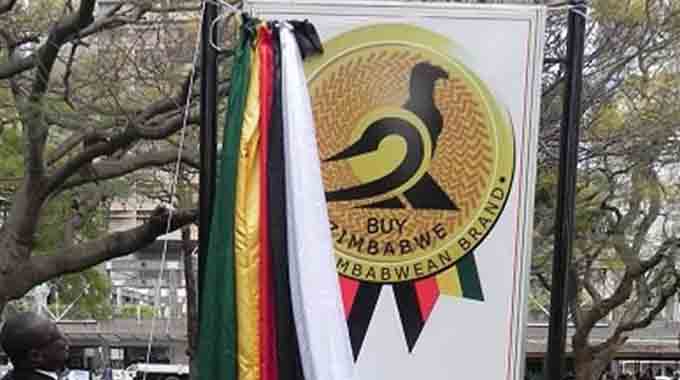Applications for Zesa net-metering increase
Zimbabwe has witnessed a steady increase in the number of businesses and homeowners that are generating solar energy seeking to feed excess electricity into the grid.
In 2019, the Zimbabwe Electricity Transmission and Distribution Company (ZETDC), a unit of Zesa Holdings introduced the net metering programme, a scheme where households and businesses generating solar energy on their premises can feed excess power into the ZETDC network through a grid-tied inverter.
Any existing customer with a grid-tied solar system, up to their rated power from the ZETDC, qualifies for net metering and can apply to connect to the grid.
Under the arrangement, the excess generation is measured and credit units allocated to the generating customer rather than being fortified. The credited units will assist in keeping the customer in the lower tariff band, thus reducing monthly bills.
This enables Zesa to be less dependent on importing energy thus spending less foreign currency.
Secretary for Energy and Power Development Eng Gloria Magombo told The Herald
Finance & Business that said there was a steady increase in applications for net metering.
“We have several applications for net metering and we hope this will encourage others to invest in solar energy or any other renewables,” said Eng Magombo.
With Zimbabwe looking to boost renewable energy capacity to 1 100 MW by 2025, there have been modest investments in renewable energy by local private investors, particularly in solar. Eng Magombo said that solar projects with the capacity of generating 70 MW would be commissioned this year. Most of the projects are being financed by private companies, insurance firms and pension funds.
“Most of these investors want to produce for their consumption and feed excess into the grid.”
Some of the investors include cement producer PPC (30 MW), Caledonia Mining Co. (12,5 MW) and Harawa (5MW). Electricity shortages in Zimbabwe have seen many companies and households investing in solar energy to ensure uninterrupted supplies.
What has also pushed people to invest in solar is that Zesa is struggling to connect new customers due to worsening viability challenges. Executive chairman Dr Sydney Gata, who has warned of severe load shedding in the “near future” citing poor uneconomic tariff, said ZESA was struggling to connect 320 000 households.
Dr Magombo said there was the need to conduct an audit to establish the amount of energy being generated from renewables as it feeds into the national target.
The Zimbabwe National Renewable Energy Policy, launched in 2019 set the target of achieving a renewable capacity of 1 100 MW or 16,5 percent of overall electricity supply by By 2030, it targets 2 100 MW or 26,5 percent of the overall supplies, a position the; country also presented to the COP26 in Glasgow, United Kingdom, which is in line with its pledge to reduce greenhouse emissions by 2030.
The policy also aims to have installed 250 000 solar geysers, increase the use of the institutional and domestic biogas digesters, deploy the use of solar mini-grids and solar water pumping solutions and boost the use of renewable technologies.
To encourage investments into renewables, Zimbabwe is offering incentives including duty and tax exemptions and prescribed asset status for pension and insurance companies.-The Herald









